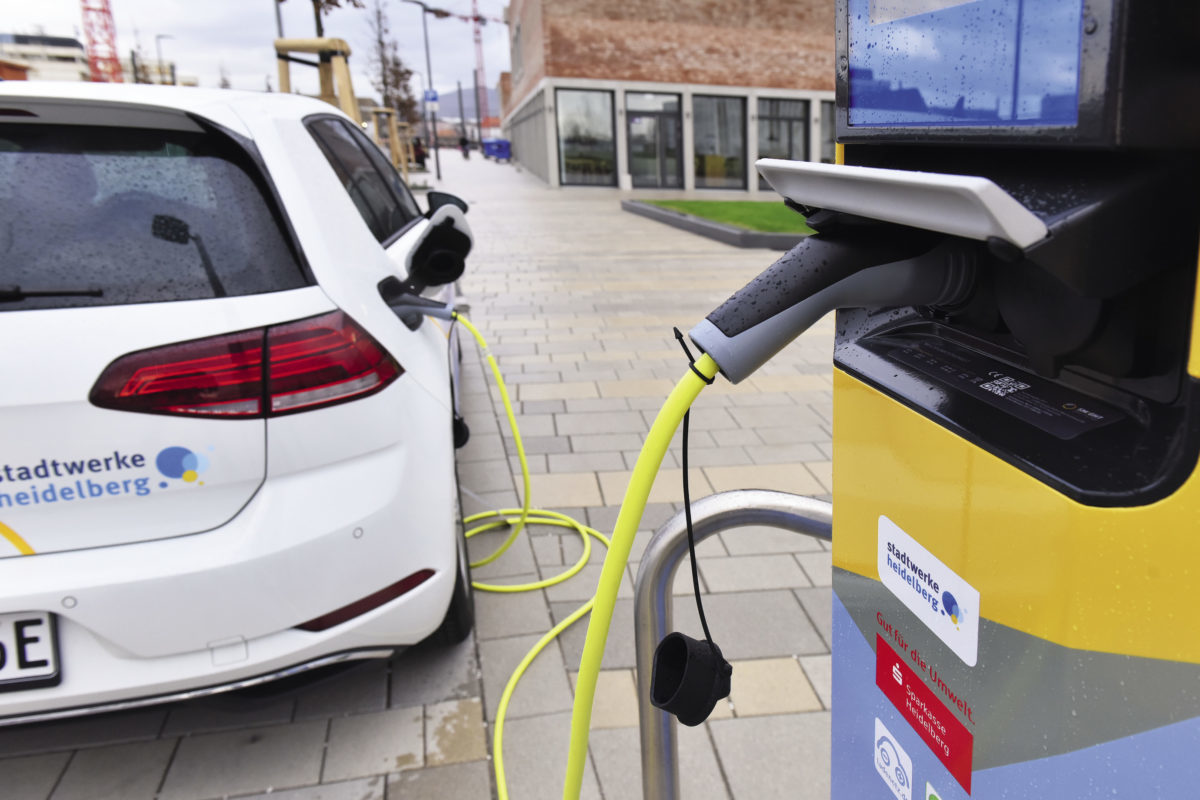Mining and refinement capacity simply cannot keep up. Experts from mining industry prognosticators to Elon Musk foresee a widening chasm between li-ion supply and demand over the next few years. As that gap expands, expect the stationary renewable storage market to adopt emerging technologies more aligned with the needs of the stational market – and expect organizations to diversify well beyond Li-ion to meet energy demands and advance their renewable transformation goals.
Li-ion batteries are particularly suited to electric vehicle (EV) use cases: Li-ion’s energy density is required to make EVs viable. As EV adoption increases over the next decade, so too will Li-ion costs as lithium supply pressures grow in severity. In short, EVs will eat up Li-ion supply out of necessity, while alternatives already better-suited to stationary use cases carve out their own niche.
Such stationary alternatives aren’t just going to be more affordable, they’ll also be matched to their purpose. As a battery technology, Li-ion has been the standard, but it has limits. Li-ion batteries bring comparatively high operating expenses. They supply power for relatively short durations. They struggle in locations with extreme temperatures – which an ever-increasing swath of the world falls into. They’re also limited in their lifespans, and show environmental and safety issues over the long term.
These challenges leave the future open to alternatives more appropriate to stationary applications. While lead-acid and redox flow batteries struggle with many of the same issues as lithium-ion, other technologies aim to improve on where Li-ion falters.
In my view, there are three energy storage technology categories quickly maturing and with a clear potential to lead the stationary energy storage market into the future.
Metal-hydrogen batteries
Metal-hydrogen batteries differentiate from lithium-ion by bringing similarly-low-cost materials to longer battery life spans (ergo, promising superior long-term cost efficiency). Those lifespans can top 30 years, and do so without Li-ion’s safety or environmental risks.
Metal-hydrogen is a proven technology that particularly excels in extreme conditions: the battery chemistry is newly adapted from orbital spacecraft such as the International Space Station and Hubble Space Telescope, where metal-hydrogen batteries have now completed more than 200 million cell-hours.
Metal-hydrogen batteries are able to perform 30,000 charge/discharge cycles without degradation, and operate in ambient temperatures ranging from -40° to 60 °C. Because they have no moving parts, they eliminate the need for regular maintenance.
Cost-per-kilowatt-hour cycles for these batteries can reach as little as a couple of pennies. The performance and longevity promise of these batteries will first put them into large-scale stationary renewable energy storage use cases involving harsh climates and remote locations, such as solar plants, wind farms, or micro-grids in deserts or other severe, hard-to-reach environments, but their flexibility portends widespread adoption in a multitude of use cases.
Gravity-assisted batteries
Gravity-assisted batteries leverage towers up to 500 feet that are tethered to systems of cranes, cables, and pulleys that support large bricks of composite materials. Software orchestrating this large and quite-stationary mechanism can elevate the bricks to store energy, and then lower the bricks to send energy out to the grid.
By design, each brick represents an individual store of energy, and multiple bricks can easily be manipulated simultaneously using the puppeteer-like arrangement of pulleys and cranes. In this way, gravity-assisted batteries offer high-speed energy delivery or absorption, with millisecond response times.
The system relies on affordable commodity equipment and offers differentiating benefits to a variety of use cases. These include quickly restoring power to a grid after an outage, providing backup energy, or balancing grid energy—especially that supplied from renewables which deliver energy intermittently.
One drawback to gravity-assisted batteries for some scenarios is that they require a lot of space to operate. While they might not be suited for urban applications, deserts represent a sweet spot for the technology.
Brownfield, Superfund, and old mining or extraction sites have been proposed as ideal locations for gravity-assisted batteries. As the mechanical designs have yet to be proven on a large scale, some uncertainty remains—particularly around the design and cost of O&M. Still, it’s an interesting concept.
Sodium-ion batteries
The future of sodium-ion batteries is more of a direct replacement to lithium-ion. The technology offers competitive improvements across several areas. Sodium-ion uses sustainable and available materials with considerably less of an environmental impact. At the same time, they are also low cost and project to at least match the energy density of lithium-ion through ongoing iteration.
Existing facilities that manufacture li-ion batteries could be converted to produce sodium-ion batteries, making it a seamless drop-in technology upgrade for stationary energy storage.
Because of energy density and performance similarity to lithium-ion, sodium batteries will likely be allocated to e-mobility applications rather than stationary storage, but they represent a potential, viable alternative to lithium-ion nonetheless.
The grid-scale storage toolbox is about to get bigger
Li-ion has been a foundational technology, accelerating renewable energy storage to the position it has reached today. That said, Li-ion largely achieved its status as the de facto technology because it was the only one available. Now, a maturing range of technologies has arrived to address needs across an expanding breadth of use cases, and some will serve those applications better than others.
Expect the next decades to witness a more competitive landscape, where the market selects the most powerful and valuable storage technologies for each specific purpose. Use cases will evolve to provide more value with the flexible and simple approaches now available to the market.
About the author

Randy Selesky is the CRO at EnerVenue. Previously, he was SVP at Greensmith Energy Management Systems; the battery storage provider was acquired by Helsinki-based Wärtsilä in 2017. Among his other industry experience are management roles at Rockwell Automation, Enernet Global, EnerNOC, and GE. He joined EnerVenue in 2021 following the company's $125 million Series A.
The views and opinions expressed in this article are the author’s own, and do not necessarily reflect those held by pv magazine.
This content is protected by copyright and may not be reused. If you want to cooperate with us and would like to reuse some of our content, please contact: editors@pv-magazine.com.



Pv-magazine had published an article about Gelion zinc bromide non-flow batteries being tested in Spain “Zinc-bromide batteries to store solar power at Acciona’s testing field in Spain” Feb 1 2022, boss Prof Thomas Maschmeyer was interviewed in the most recent episode of youtube video Just Have A Think “Zinc Bromide GEL batteries. Cheaper, greener, simpler & safer that lithium-ion !” and “Net Hero Podcast – the true environmental cost of batteries” Jun 1 2022.